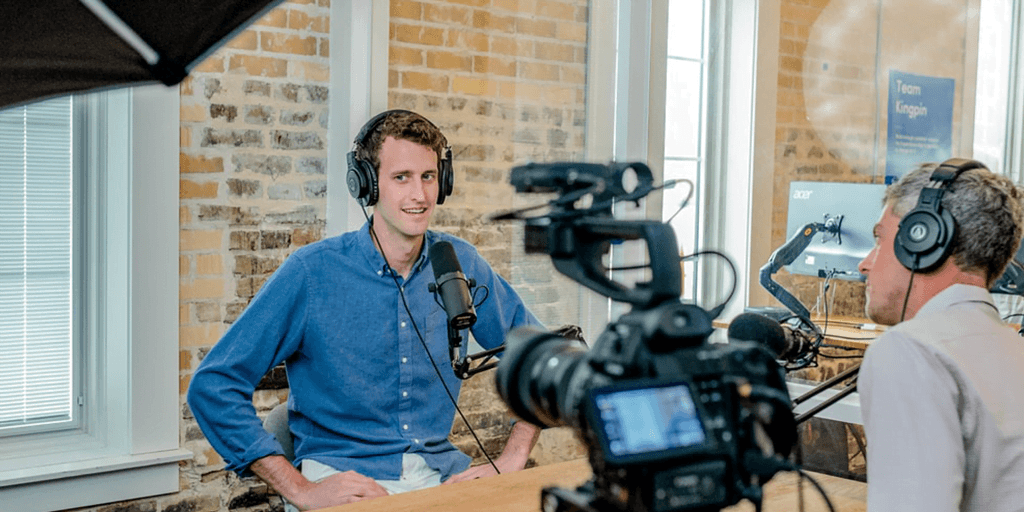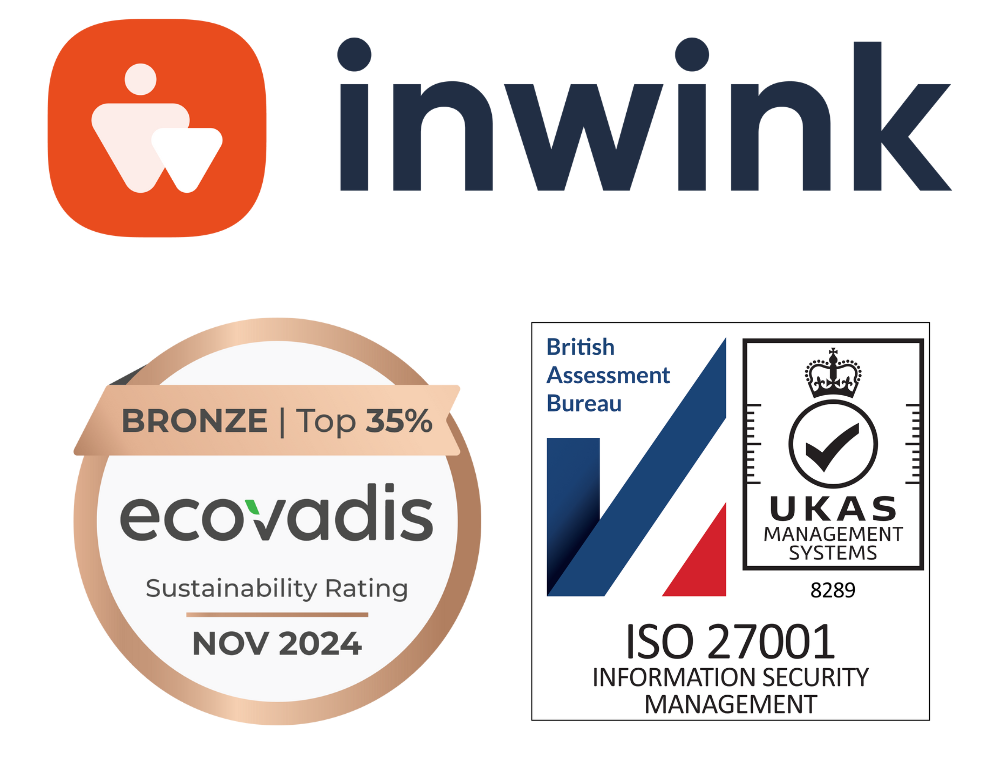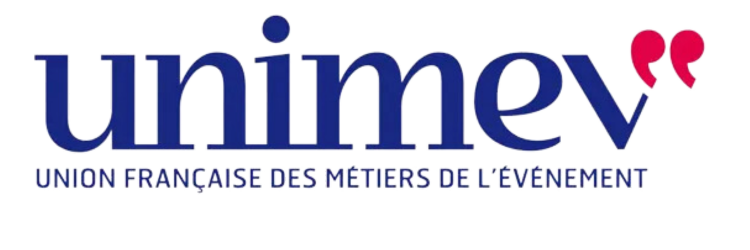If you’re organizing your first digital event, your first instinct might be to film and broadcast your video sessions live. Quite understandable when you’re used to organizing face-to-face events where everything is live.
However, having only live video is very limiting for 100% digital events; the most adapted format is the simulive, and here is why.
For aonline event, live is limiting
In an online event, the speaker will never get to see their audience.
The strength of the face-to-face event is the live exchange, where the audience and the speaker find themselves together in the same place.
Online, the speaker is facing the camera (whether it’s a computer or a studio) and can’t see the audience. It is impossible to capture the reactions of the participants or connect orally with the audience around the topic of the presentation.
In no means is the event experience lessened, either for the speaker or the attendees, if you choose not to go live.
What is simulive for digital events?
Simulive is the broadcast of a pre-recorded video at a given date and time, just as if it were a live session.
If a participant is 10 minutes late to a simulive session, they will join 10 minutes in. They won’t be able to rewind (except if you specifically set your session this way).
The participant therefore has the impression of attending a live, while you as the organizer have all the advantages of a pre-recorded event (which we’ll talk in this next section).
Afterwards (let’s say the day after the event) you can make your simulive sessions available in replay on demand with just a few clicks.
Why simulive is the winning strategy
Better control of the recording quality
With simulive, you can record as many times as needed, cut out hesitations, awkward silences and diction, and even edit between the most successful parts.
No risk taking
You’ll avoid “live glitches” for remote speakers such as a poor internet connection at the last minute.
Less stress for the speakers
Another significant advantage of “fake” live broadcasting is knowing that you are in fact not live and that it is possible to re-record certain moments if you miss something. This makes the speakers much more relaxed.
Interactions between speakers and the public are multiplied
The last, and perhaps most important, advantage of simulive is the augmented interactivity it offers.
The speaker no longer needs to focus on the quality of their performance and can concentrate on the interactions with the participants. They can deal with questions as they come up in the chat, the Q&A tab, or in a 1-to-1 discussion with a participant.
Having this interaction run effortlessly is especially important for partners who host sessions and need to use these moments to create business opportunities. Being 100% available and responsive to participants provides a much more favorable business environment.
See all online capabilities of the inwink platform here.




